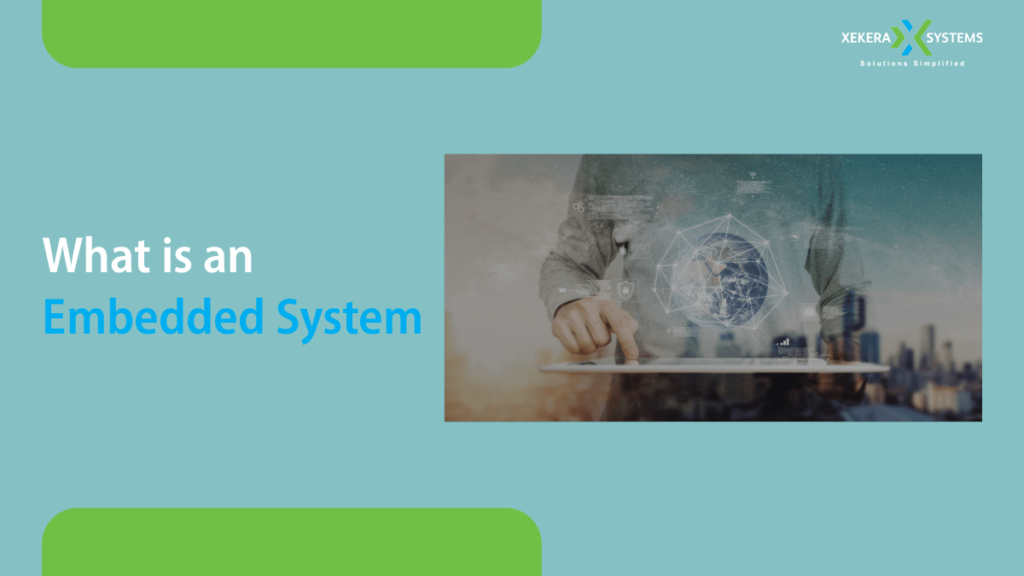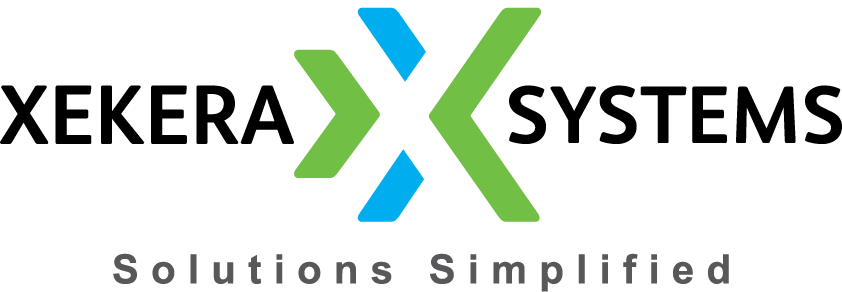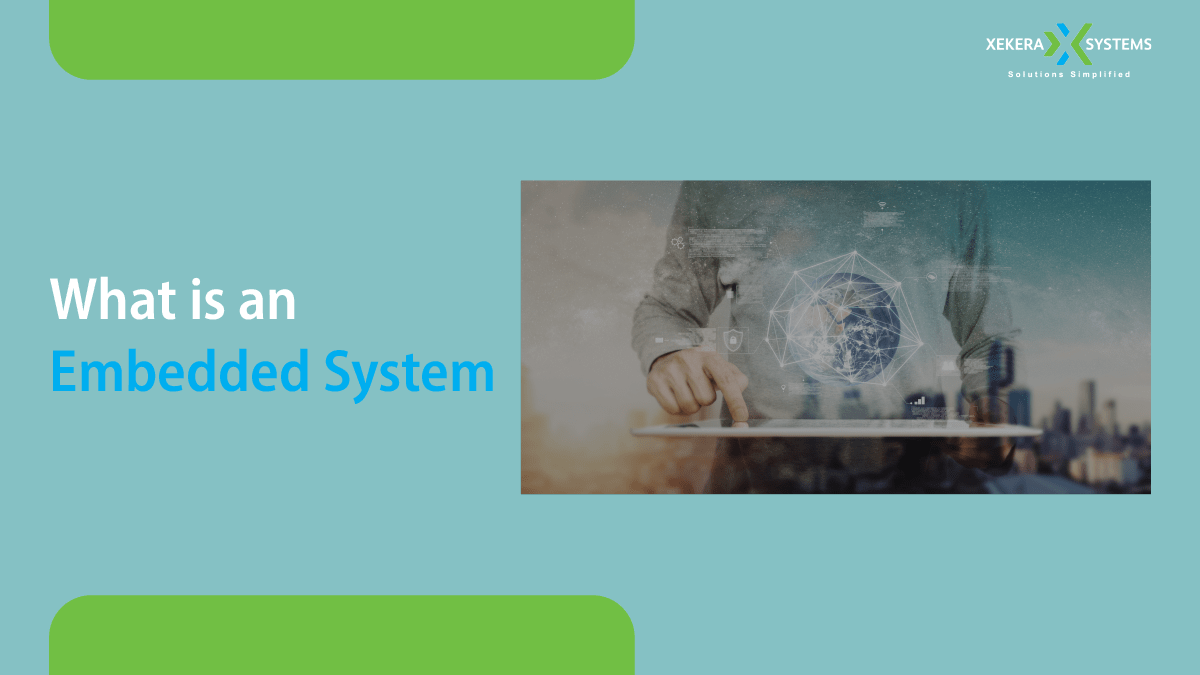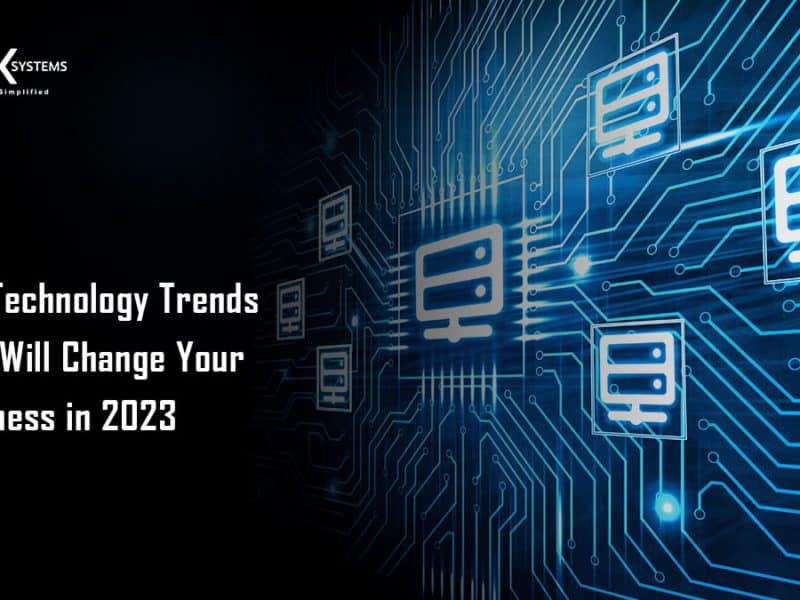The typical person may find embedded systems to be extremely technical and difficult. But occasionally we see appliances with built-in gadgets. All of your inquiries, including “What is an embedded system?” “What are embedded systems like?” and “What varieties of embedded systems are there?” will be theoretically addressed.
One is actually in your hand right now—your smartphone. Or perhaps you’re looking at a computer screen. The built-in gadgets all around you are clearly visible. Additionally, we rely on their everyday use.
You inquire how. Have you ever observed that the majority of us are not aware that some things are built into our bodies? Devices that integrate hardware and software (or firmware) to function include washing machines, microwaves, ATMs, mobile phones, and many others. Such gadgets have systems built in.
The creation of software-supported devices that carry out one or more functions is made possible by the development of embedded systems.

Features of Embedded Systems: Be familiar with the system completely!
When someone describes what it is to be human, we visualise that person. No?
For instance, after hearing someone describe themselves, we may assume that person A is conceited, person B is extremely ignorant, etc.
The various roles of embedded systems are similar. The most fundamental ones are, however, given below. Investigate the attributes of the embedded system:
Embedded Systems Ought to Have a Superfast Processor Engine
The fact that an embedded system is nothing less than a computer is the most crucial aspect worth knowing. The requirement for an engine in every computer is also not surprising. Whether to use a microcontroller or a microprocessor depends on the system engineer (MCU and MPU).
Have a Minimalistic, or Perhaps, No UI
You are viewing this blog on a computer or smartphone screen. You interact with the website’s user interface by scrolling up and down. The user interface on computers and phones, however, is bidirectional. However, an interactive user interface might not be present in an embedded system.
Existing mistakes will be difficult to measure because there isn’t a user interface. Therefore, the system must be designed so that it operates precisely.
Determine a specific objective
The car is driven by several CPUs. You may be wondering why mechanics can’t handle everything with a single system.
Every embedded system is created to perform a certain task. Drivers could have some general characteristics. However, they will vary in terms of operating systems, performance, memory, various applications, inputs, and outputs.
An embedded system cannot be expected to carry out a task other than the one for which it was designed.
Systems that are embedded
Ever download an app for an embedded system? Or perhaps you’ve ever noticed an app that is embedded in the Play Store or App Store. No, I think.
At the time of manufacture, embedded systems are used to program all mobile software and hardware.
Employ Real-Time OS
An operating system called an RTOS (Real-Time Operating System) aids in making sure that applications handle data as it is entered. System failure happens when data processing takes too long.
Did You Know?
There are two types of RTOS designs for embedded software development:
1. Event-Driven RTOS — RTOS only changes to another task when a high-priority task is present.
2. Time-Sharing RTOS – Switches to a different job when the clock interrupts, as the name suggests. No jobs are automatically assigned based on priority. To ensure progress on all tasks is the guiding principle behind this.
Have Quick Boot Systems
Our device rapidly turns on after we click a button on it. However, there is actually a lengthy series of triggering events that we are neither aware of nor able to witness.
Therefore, it is straightforward in theory but challenging in practice.
Resources and performance for embedded systems are constrained.
Here is a comparison of the two first. The computers we use contain memory that can be measured in terabytes (TB). Engineers always strive to cram the necessary components into small areas, nevertheless, when it comes to embedded systems.
Second, embedded engineers must successfully design the machine in order to make the gadgets user-friendly. The least amount of energy used while maintaining maximum performance must be their aim.
Let’s discuss the many sorts of embedded systems after thoroughly describing their features.
What kinds of embedded systems are there?
There are two parts for the different embedded system kinds. In the industrial setting, several embedded system types have slightly distinct traits. Read on for more details.

1. Stand Alone Embedded Systems
Stand-alone systems are the earliest category of embedded systems. As the name implies, embedded systems operate independently from a host system or computer. data conversion that accepts digital or analogue inputs from input ports.
Digital cameras, MP3 players, video game consoles, and other devices are examples of freestanding embedded systems.
2. Network Embedded Systems
It is the embedded system kind that is expanding the quickest. It is a network that enables users to access resources, be it a LAN, WAN, or the Internet. It is either wireless or wired. The web browser is used to access and manage every device, which is synchronised with the web server.
Home security systems with all sensors connected to the protocol are an example of embedded systems.
3. Mobile embedded systems
They are utilised in mobile gadgets including MP3 players, cellphones, digital cameras, PDAs, and other similar ones. They only have a little amount of memory, which is a downside.
Personal digital assistants, MP3 players, digital cameras, and other devices are examples of mobile embedded systems.
4. Real-time System embedded
A real-time operating system (RTOS) that delivers output instantly is known as embedded. Real-time soft and hard systems make up the second division of these embedded system applications.
Do you wish to create a system that is completely dependable and accredited? Phone us now!
Terminology for Embedded Systems
Do you recall how each chapter used to end with a glossary when you were in school?
In a similar vein, the following terms are provided to aid in your understanding of embedded systems:
1: Dependability
Reliability is the embedded system’s potential for survival, and it is often assessed when the most critical equipment is operating.
2 – Tolerance of faults
The system’s fault tolerance is its capacity to endure all challenges and mistakes, whether they are mechanical or technical.
3 – Instantaneously
Each action or counteraction must be quick enough to finish the task because every embedded system is programmed to perform well in time.
4. Flexibility
These systems feature a debugging capability that makes it possible to maintain equipment even in far-off places. It is comparable to a spacecraft with self-resolving capabilities that is sent into space on a mission.
What is an Embedded System, the final chapter?
We hope that we were able to address your concerns regarding the definition of an embedded system, its characteristics, and its various types.
As a seasoned embedded systems development business, we write code, test it, and produce excellent outcomes. Turn to us for a reliable solution whether you need a standalone or machine-to-machine (M2M) communication device. For the most reliable solution, work with embedded software engineers from Xekera Systems.
An embedded system is what? – FAQs
Q1. What distinguishes embedded system features from those of general-purpose systems?
The primary distinction between general purpose systems and embedded systems is that general purpose systems are completely capable of handling a variety of tasks, whereas embedded systems are solely meant to execute one specific function.
Q2. What qualities distinguish embedded systems as high-quality?
The attributes of embedded systems are listed below:
- Possess a really quick processor.
- Minimal or nonexistent user interface.
- Align a specific goal or carry out a specific task.
- Instead of being visible from the outside, they are incorporated into equipment.
- rapid launch technology.
- Real-time operating systems should be used.



